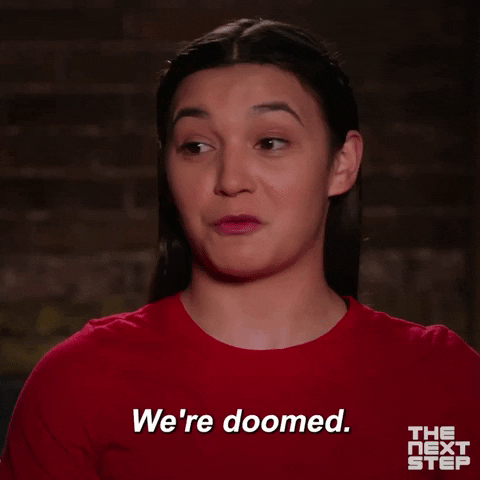Pessimism may sell news, but it sucks for what we do
I’m currently working on an assessment for a healthcare disruptor in India. As they scale, they face some quite significant risks. I find myself choosing words carefully, walking that fine line between realism and emphasising the potential to improve outcomes.
In many places, it seems, glancing at social media, citizen journalism, and what passes for media can suggest a bleak picture. Bad news sells. “If it bleeds, it leads.” An FT article last week noted that UK media seems to feel they have a duty to project a sense of “relentless, spirit-crushing pessimism”.
Aside from being a sapping of the soul, pessimism is a terrible way to spur (some/most of) us into action. The Belgian philosopher Maarten Boudry noted, “The more catastrophist you are, the more you give people the idea that the window of opportunity has closed and there’s nothing to be done”. There’s a lot of that going around. I felt some of this during my Sustainability studies. Lots of “if we don’t change radically, NOW, we’re doomed.” I felt shades of “Why bother then?”
There’s also a bit of “boy who cried wolf” too – telling us climate, societal, or other catastrophes will happen in a designated timeframe. Then they don’t. The problems still exist, but the prediction was wonky.
In risk, compliance, and sustainability, we’re often tasked with ranking and estimations – or the dreaded “business case for action.” Avoid doomsaying. But how…

…scenarios offer answers and hope. Anyone who presents futures as simple cause-effect loops is liable to look silly. Every decision we make, external triggers, and the actions of others all influence future outcomes. When we start to take control of scenarios, it’s more empowering. We can see that our actions do matter. We can influence the future, potentially optimally.
To provide a grisly example. Last night, we watched an episode of Masters of the Air. Some of the aircrew had been captured by nazis (during WW2) when their planes were downed. As D-day passed and the Soviets entered Germany, the dreaded SS took over the camps where these men were interned. The officers discussed their options, none of which were rosy (marches through frozen land, mass execution, death camps, etc.). In this context, they ramped up the tools they had to change those scenarios – acquiring wood to fashion weapons, working out to build strength, mapping out routes, locations, possible escape paths, etc.
Even if we operate in a high-risk context, telling people how bad it all is doesn’t help. Focus instead on the scenarios and tools available to work toward more optimal outcomes.
